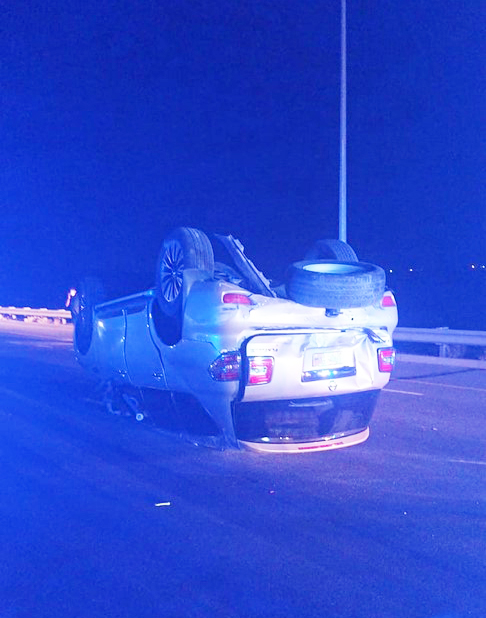Caution Camel crossing
Maqshan, a remote wilayat in Dhofar, is known for its desert landscapes, scattered villages, and reliance on camel herding. Its roads, which cut through open grazing areas, often face risks from stray animals crossing highways — a long-standing hazard for motorists. The issue is not confined to Dhofar,, incidents involving stray camels have surged. Recent rains have encouraged roadside greenery, drawing camels closer to highways and raising the risk of fatal collisions. Residents in villages such as Wadi Dhank, Al Maamour, and Al Malaazim also report frequent camel incursions into residential areas, where they damage trees and property. Camels without herders often roam freely across grazing lands and near towns, creating dangers during dawn and evening hours when visibility is poor. Authorities link stray camels to a string of fatal and near-fatal accidents in recent months. The Dhahirah Municipality has since intensified efforts to capture stray camels and urged owners to take greater responsibility for their livestock to prevent further tragedies.
Such incidents have sparked a massive uproar on social media, with many users criticizing the practice of leaving loose camels on the roads. Many users have previously urged the relevant authorities to impose hefty penalties on the owners of these stray camels. The decision stipulates that any stray or neglected animals, including camels, horses, cows, goats, and sheep, as well as any animal that its owner or guardian has allowed to wander without supervision, are prohibited from grazing in cities or residential villages. They must also be kept at least one kilometer away from main roads or half a kilometer from secondary roads. The competent municipality must set up sheds to seize stray or neglected animals, provide food and water, and care for any animal that has been seized. Additionally, any person who finds a loose or neglected animal on their property, farm, store, facility, or land, or who suffers damage to their property as a result, may personally hand the animal over to the keeper of stray or neglected animals.
A car collided head-on with a camel early Wednesday morning near Kolu Pabuji on the Phalodi-Dechu road in Rajasthan’s Jodhpur, leaving both the driver and the animal injured. The collision trapped the camel inside the vehicle for several hours, NDTV reported. According to officials, the driver, identified as Ramsingh, a Jodhpur resident, was driving when a stray camel suddenly appeared on the road, leaving little time to brake. The vehicle’s bumper, bonnet, and windscreen were smashed on impact, and the force of the collision broke the roof and front glass, trapping the camel inside. Pictures show the camel’s head and upper body protruding through the shattered windshield as it struggled to free itself. Locals rushed to the scene, pulling the injured driver from the vehicle and providing first aid before he was taken to Jodhpur for further medical attention. Ramsingh reportedly sustained serious injuries. The camel remained trapped for nearly two hours before being freed with the help of local authorities and residents. A JCB machine was brought in to cut open the vehicle and safely extricate the animal. After being released, the camel fled the scene and escaped seemingly without major injuries.
Drama-diary notes
You know that a camel with two humps is a Bactrian camel.
A camel with one hump is a Dromedary camel.
What do you call a camel with no humps? Humphrey.
What kind of camel throws a hissy fit when you milk it?
A drama dairy.
Did you know that camels aren’t indigenous to Australia?
They were shipped there by the British. Oddly enough, so were the Australians.
Where would Chuck Schumer park his camel?
The Camelot.
November 19th Birthdays
1961 – Meg Ryan, 1962 – Jodie Foster, 1994 – Cleo Massey, 1977 – Kerri Strug
1942 – Calvin Klein, 1936 – Dick Cavett,, 1984 – Adam Driver, 1988 – Patrick Kane




